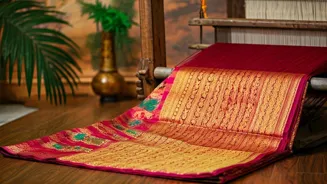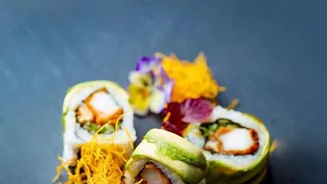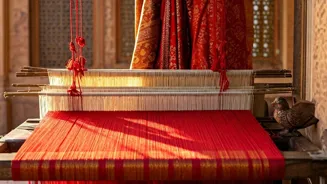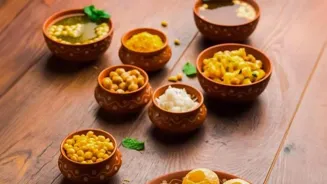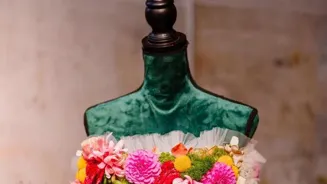Indian handlooms represent more than just fabric; they represent a cultural heritage. Let's explore their enduring legacy, the hurdles they face, and what we can do to ensure their survival in a changing world.
Silk's Mystique, Meghalaya's Charm
Meghalaya's living silk, like the Ryndia, exemplifies the artistry and unique value of handlooms. These textiles aren't just garments; they are cultural touchstones, representing communities and histories. The Ryndia's journey highlights the need to recognize and support these handcrafted traditions that are an integral part of Indian identity.
Saris: Bridal, Bengal, Beyond
Bengal's bridal saris showcase another facet of India's textile heritage. These saris symbolize tradition, celebration, and heritage. Understanding the significance of these handcrafted textiles and ensuring their continued relevance is a priority to protect this art and the communities that create these pieces.
Handlooms and Modern Excess
The article also delves into the impact of modern fashion, including issues surrounding fast fashion and excess and its relation to handloom. There are discussions about how current industry practices impact the craft. Designers like Vaishali S bring handlooms into the spotlight while highlighting these challenges faced by the industry.
Tech's Double-Edged Sword
Technology impacts handloom workers, sometimes in ways that perpetuate inequality. The digital divide and lack of accessibility can hinder the craftspeople. Examining how technology can aid, not impede, the growth and preservation of handlooms is an important topic of concern in the present day.
Saving More Than Fabric
This discussion culminates with a vital question: What are we truly saving when we invest in handlooms? Preserving India's handlooms goes beyond the garments themselves; it's about safeguarding cultural identity, supporting livelihoods, and celebrating artistry passed down through generations, just as Prashantt Verma has highlighted.
